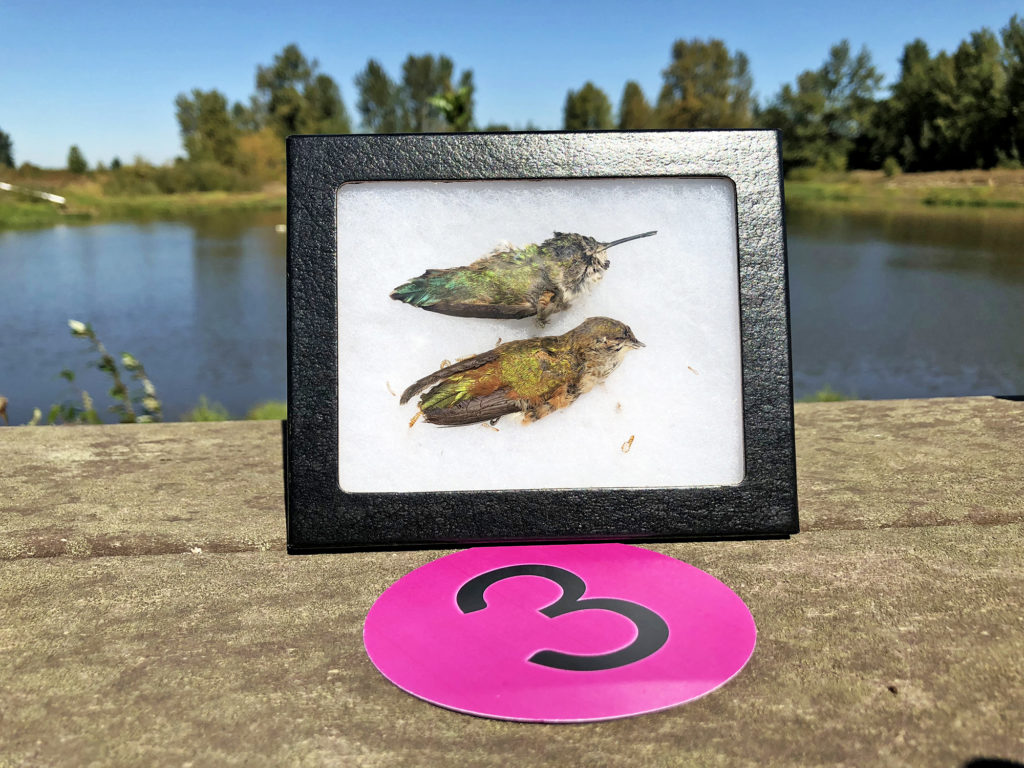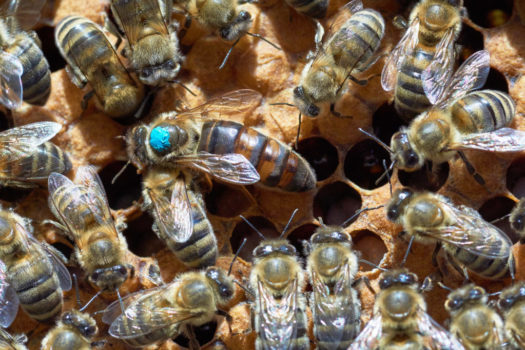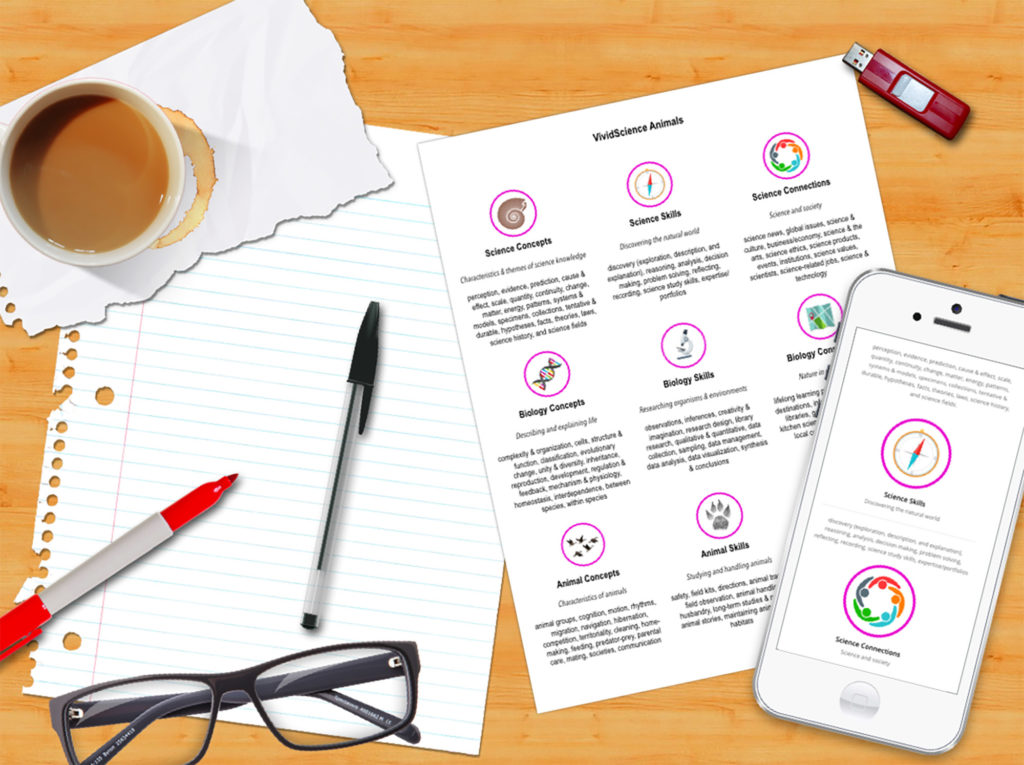
Video and Tracking
Video & Tracking
Animals often alter behaviors when humans are present, and some animals like the snow leopard are hard to even find. New technologies broaden the range of animal research possible.
Learning Outcome: Provide examples of the benefits and limitations of video and tracking technologies.


Animal tagging has been carried out for centuries with paints, tattoos, and collars. Tagging primarily identifies a study animal, it does not necessarily give an indicator of where it has been or what it was doing.
A worker bee has been marked with paint to identify her in a group of bees.
Radio collars have been used extensively as an effective and relatively inexpensive way to collect data on animal movements.
Here a mountain goat is being tracked in Glacier National Park to provide data on where its herd is traveling in the park.
Tracking has been critical in monitoring endangered species, where the loss of even a few reproductive individuals can lead to the extinction of the species.
This cheetah has been outfitted with a tracking collar. If the collar stops moving for an extended time, it can indicate that the animal is injured and needs care, or if dead, may have offspring that need care.
Advances in tracking technology have made it possible to study possible causes of species declines.
Watch this video; you can select the closed captioning “cc” option if you would like to see the text.
There are tracking applications closer to home.
Our cats wear trackers on their harnesses in case they get off their leashes and move out of sight.
Tracking devices are now relatively inexpensive and much more readily used in research and home applications.
Video technologies and extended battery life enable researchers to collect data on animals that avoid humans or behave significantly different when humans are around.
Video is critical in habitat restoration to demonstrate that animals are using nest boxes and food sources.
With the improvement of video capabilities on smartphones, more people are collecting data outside of the traditional science community. “Citizen Science” produces extensive shared video that can be used as a data source.
You can modify a smartphone to capture slow motion views not detectable with the human eye.
Significant limitations still exist in being able to remotely study animals. Equipment can be expensive, particularly if long battery life or high resolution is required. Storage of data can also be costly, and it takes time to process massive amounts of information. As technology advances, the improved availability of equipment to more people is expected to advance research of wild animal populations.
Start Your Media Assignment here
This is the second of two media assignments that introduce the animal biology portfolio.
The portfolio has two features:
1. demonstrates your mastery of the nine course outcomes
2. constructed so you may use it beyond this course
In this media assignment you will select a possible format for the final portfolio.

Steps for this media piece assignment:
1. Watch the video below that previews portfolio format considerations.
2. Look over the nine outcomes again if needed, they are listed in more detail at the link provided below.
3. Brainstorm possible portfolio formats to display your work. Consider:
-
what will best display your mastery of the nine outcomes?
-
what format will be something you may want to use in the future?
4. Be creative. For example, you could arrange your work in a space and give a video tour of the three pieces you have representing each outcome. Or you could make a presentation with different slides showing your work. Or you could plan your own “Animal Biology” museum with different galleries representing the outcomes and displaying your work.
5. Upload to Canvas a description of the format you are thinking of using. Include why you chose this format, including why you think it will be an effective format to display your mastery of the course outcomes and why you think you may use the selected portfolio format into the future.
Note: You can alter your portfolio format as you construct it if you come up with a better idea. This assignment gets you started on the process.
Watch this video; you can select the closed captioning “cc” option if you would like to see the text.
Not sure what portfolio format will work best for you? Since the portfolio will be a collection of your work representing the nine course outcomes, looking over those outcomes can help spark an idea.
In the next section you’ll learn more about animal motion, characteristics that were difficult to study before photography and video technologies developed.











